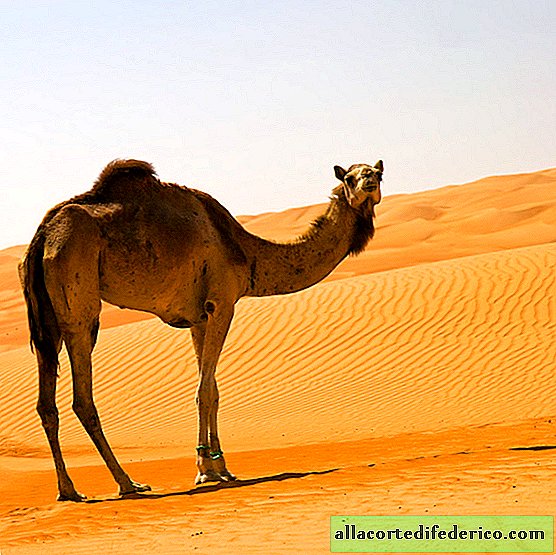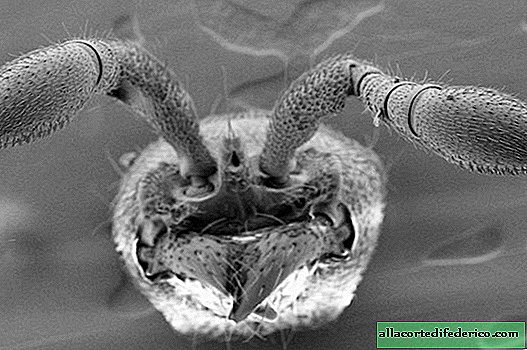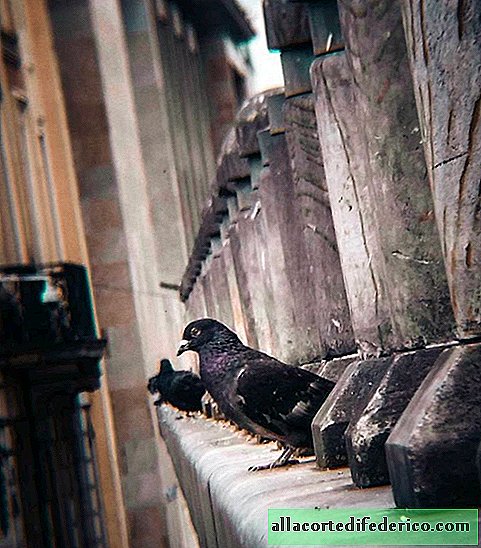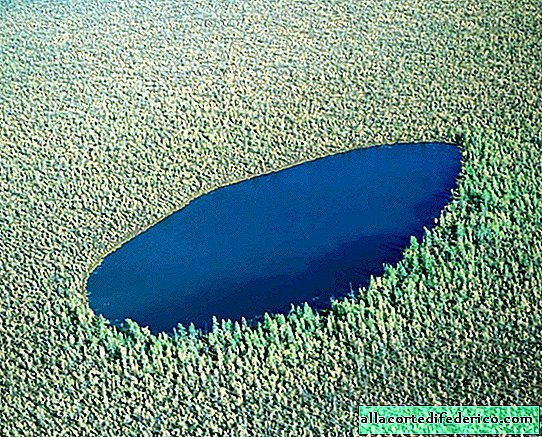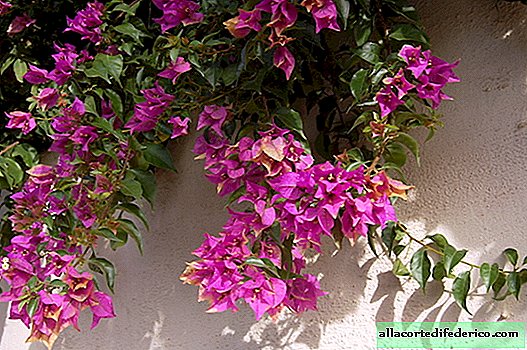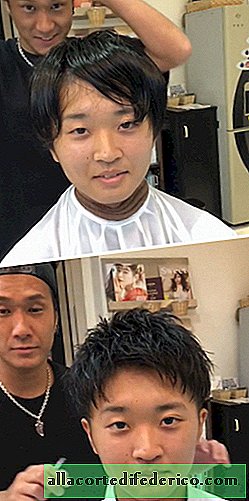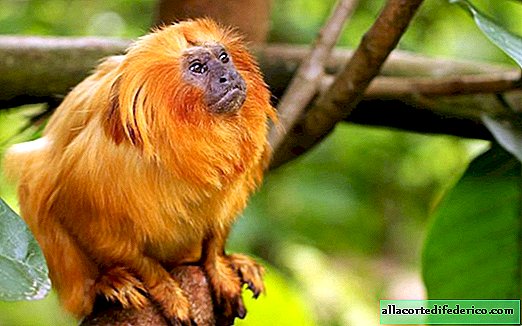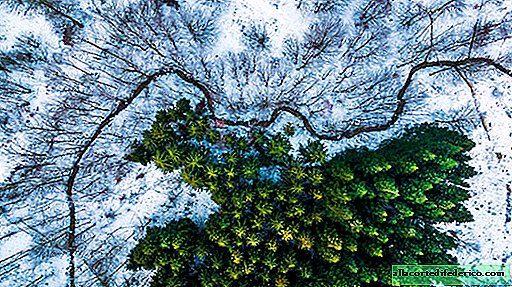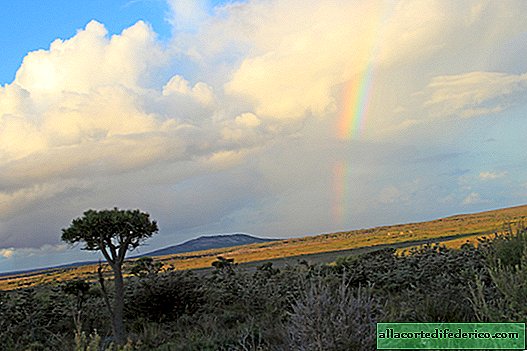The green seas of China's plantations, which produce a quarter of all the tea in the world
Some scientists consider Vietnam to be the birthplace of tea, others - China. Certainly, in the culture of China, tea occupies a special, honorable place. It is drunk without sugar and milk, while preferring green. 3 large provinces are engaged in the cultivation of tea bushes, and now China supplies a quarter of all tea in the world.
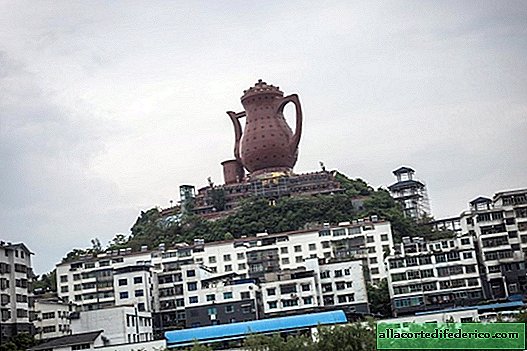
One of the smallest provinces of Zhejiang is almost completely covered by mountains, which makes it unsuitable for anything. On many hills there are tea plantations.

During World War II, plantations fell into decay and were restored only after the 1950s.

Today, Zhejiang is one of the most powerful areas where tea is produced. It is one big tea plantation.

Soil, subtropical climate - everything here is ideal for ripening tea leaves.

Zhejiang Province produces mainly green long leaf teas. The famous varieties of tea Maofeng, Huantang, Chaoqing, Meicha and others are produced here. The king of green long leaf teas, Longjing, also grows here.

Tourists often visit tea plantations, if only because it is beautiful and atmospheric here. Endless tea plantations as if created for contemplation and meditation, in them the spirit of God.

Tea plantations look like green waves. This impression is created because the bushes are planted almost without gaps and are specially trimmed on the sides so that pickers can collect leaves from above, as from a table.

During the tea leaves harvest season, temporary workers come to the plantation.

These are mostly women, and their work is not easy. For the "seasonal" built special houses where they eat and sleep.

The method of growing, collecting and processing tea leaves has not changed since time immemorial.

The leaves are first steamed to prevent further unwanted fermentation. Then the tea is laid out in small heaps and dried for about 10 hours.

Tea leaves dry and curl, acquiring a certain shape and size. After that they are sorted.

There is a legend that in the highlands of China there are several "Sacred Gardens", such secret plantations, where special tea is collected for senior officials. No visitors are allowed there, and the perimeter is guarded with dogs.

Tea production for mere mortals involved production cooperatives. They make standard tea by mixing different leaves.

In Japan, these operations are mechanized, while in China this is done with human hands.

To begin to understand tea, it is not enough to try different varieties. They just mix like glasses in a kaleidoscope. A real tea expert must drink a lot of tea, a variety of tea, and only then he can choose and evaluate the shades of taste.

A real Chinese man chooses tea responsibly. Exhibitions are regularly held where you can try a new crop of tea and choose something to your taste.


